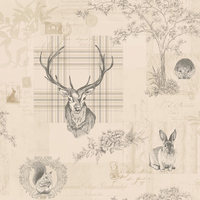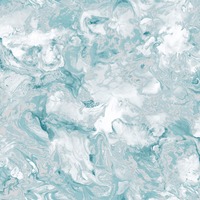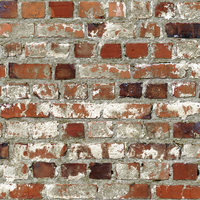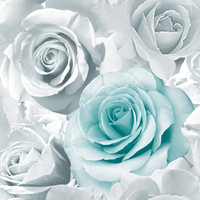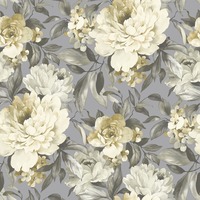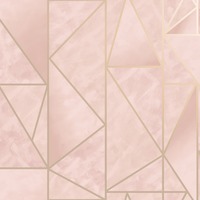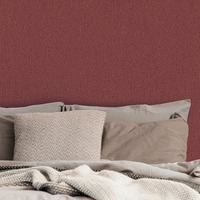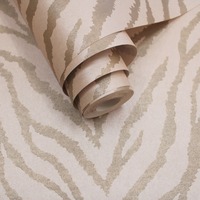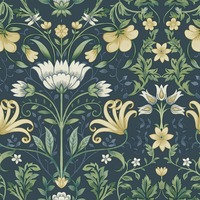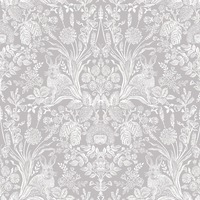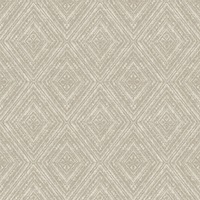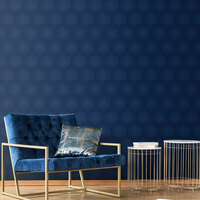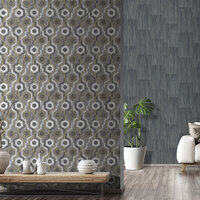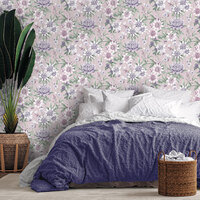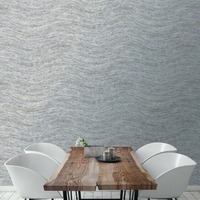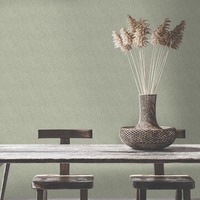Top 10 Tips What Not to Do When Choosing Wallpaper
Wallpaper can transform any room, even bathrooms and kitchens, believe it or not. It has the power to change the look and feel of a room by adding pattern, colour and texture to walls. There’s a lot to consider, eg which wall to cover, which colours work best in different lights, which papers can be cleaned, how to prepare the walls, how to hang paper and align designs. The list goes on.
Wallpaper can transform any space, setting the tone of a room by adding design, colour and texture to walls. Don’t be restricted by the size of the room, wallpaper isn’t just for large spaces and can really bring a smaller room to life. There is no restriction on the size of the room, either, as wallpaper isn’t just for large open spaces. The right paper can really bring smaller rooms to life.
Although papering all walls can look fantastic and work wonders for almost any space, you don’t have to go all out; wallpaper can give a room some extra pizzazz by simply adding a feature wall. When choosing a feature wall, consider where people naturally focus their attention as they enter a room, as well as looking at the layout of furniture, a statement piece might benefit from a feature wall behind it to draw attention.
Although papering can look fantastic it can be expensive, and not the sort of task you want to get wrong.
Here are Top 10 Tips What Not to Do When Choosing Wallpaper
1. Buy before you try
Sounds obvious but how many of us would overlook this process for wallpaper? As you would with paint, it’s a good idea to sample wallpaper options before purchasing a whole roll. Test wallpaper samples on the walls you’re looking to decorate. Get a feel for the texture and colour in the natural light. Most good retailers offer samples of their wallpapers, for you to try out.
2. Paper over the cracks
Before you take the leap and get stuck into decorating, it’s important to know what lies beneath. Use a scraper to test how many layers of paper there are under the surface wall covering. If there are more than two layers, then it’s important to allow extra time to remove any unwanted wall coverings. It can take hours and lots of elbow grease to remove wallpaper with the old-fashioned score, soak, steam and scrape method.
A tip to use fabric softener to remove any excess. Mix equal parts of softener and hot water in a spray bottle, spray a section of wallpaper so that it is fully saturated then wait approximately 15 minutes (this is very important and allows the solution to work its magic), then peel away paper and use a paint scraper on the more stubborn areas.
Once you’ve filled in any holes or cracks and sanded the surface, size the wall by covering it in a mixture of half PVA glue and half water applied with a paint roller. It’s not essential but this will create a slightly glossy finish to the wall and make it easier to slide paper into position and help it stick.
3. Do not think pattern is the only option
Wallpaper doesn’t have to have patterns to make it powerful. You can buy a simple, plain wallpaper to add colour and texture in any room. Plain wallpaper is a great alternative to paint which can tend to show the dirt more easily than wallpaper. A top tip is to pin samples of the designs you’ve shortlisted on the wall or walls you’re planning to paper to see if it works for you.
4. Exploring the Fifth Wall
It may sound like an off-the-wall idea, but wallpapered ceilings can look amazing! So much so that wallpapered ceilings is a hot new interior trend. The use of patterned designs on ceilings is increasingly growing in popularity.
The key to choosing the perfect ceiling wallpaper is to be bold. An abstract pattern on the ceiling can transform a room from ordinary to outstanding.
The key to choosing the perfect ceiling wallpaper is to be bold. An abstract pattern on the ceiling can transform a room from ordinary to outstanding. Be expressive with your colour choices and look at shades you wouldn’t usually go for. Whether cobalt blue, citric yellow or hot pink, bright colours shouldn’t just be reserved for the kid’s bedroom; bold shades can have a home in any room of the house especially on the ceiling!
5. Think you can’t hang it in humid rooms…
Wallpaper in kitchens and bathrooms can add an instant style update. But we often fear wallpaper is not suitable for environments that are prone to humidity. It’s all about choosing a wallpaper designed specifically for use in damp and steamy conditions. Look for papers with hard-wearing vinyl finishes, wipe clean surfaces and embossed detailing for looks that will last. Wallpaper makes for a far cheaper alternative to tiling in both of these functional rooms.
Wallpapering a bathroom makes for a great (and much cheaper) alternative to tiles. There is a wide selection of bathroom wallpapers designed specifically for use in damp and steamy conditions. Look for papers with hard-wearing vinyl finishes, wipe clean surfaces and embossed detailing for looks that will last.
Bathrooms don’t have to be boring, from linen looks to glamorous metallics and tropical jungles, there are some stunning bathroom wallpapers available.
Wallpaper in kitchens can add an instant style update and give extra character to rooms that are often dominated by walls of cabinets in either wood finishes or plain prime colours such as black or white.
Although some people might think that wallpaper can’t be used in kitchen environments that are prone to humidity, cooking smells, grease and food splashes, there are hundreds of products that are ideal for kitchens. When applied correctly, modern wallpapers can stay strong for years. A top tip is to apply a coat of Decorator’s Varnish over the top to seal and make any wallpaper moisture resistant.
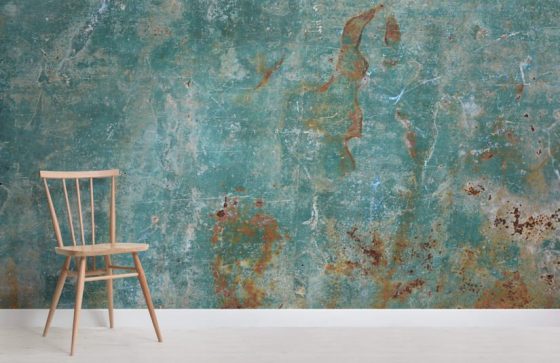
6. Be tempted by taste over practicality
Choosing a design and sticking to it can prove overwhelming, due to the sheer amount of choice! There’s a wallpaper to suit every taste. Consider which design complements the style of your house bright geometric patterns, for example, may suit a contemporary new build, whilst a rustic farmhouse may be more suited to soft florals. ‘When choosing a patterned paper think about the size of the room in relation to the scale of the design. An oversized print can overpower a smaller room, whereas intricate designs can get lost in larger spaces. While our heart’s may go big, our homes may not agree. Be realistic when choosing a wallpaper to suit the space.
7. Run into a mis-match
When shopping for wallpaper look at the match type i.e. the way in which the design matches up when hanging different strips of wallpaper. Different match types will require different amounts of preparation and some will require additional roles of paper. The last thing you want to do is mismatch and have to redo your wallpapering, especially if the paper is an expensive one. Free match wallpapers have a design which is not intended to match when hanging, straight match wallpaper must be matched at the same height each time and offset match offsets the pattern on each strip by half the pattern’s height each time.
8. Miss out lining paper
Always line the walls for best results. It may not be the most glamorous of papers, but lining paper is a sensible investment if you want to create the perfect canvas for your wallpaper. For best results, apply onto bare walls to cover small imperfections or hide previous colours, before papering.
9. Apply the wrong paste
When shopping for wallpaper, it’s important to look at the way in which the paper will stick to your wall. Generally, there are three different wallpaper applications: pre-pasted, paste the wall and paste the wallpaper.
Pre-pasted paper is coated in a pre-applied paste, which just needs to be moistened to activate, before hanging (if you’re looking for as little hassle as possible, this is probably the option for you). Paste the wall application requires you to brush paste onto the wall before application. Paste the wallpaper application, refers to the more traditional method of applying paste to the back of the paper, using a pasting table.
10. Overlook the wipe-ability factor
Consider wipeable Wallpaper for a happier home. As with all household items, wallpaper can attract dust and dirt, therefore it may require a quick clean from occasionally. It’s worth factoring in the cleaning factor before you make your choice, especially if used in a high traffic area such as the stairs and hallway or any rooms where children are likely to be touching surfaces and playing around. Most wallpapers come with a ‘washability’ rating, which goes from spongeable to highly scrubbable. Although most marks are easily wiped, it’s essential to check the rating before attempting to clean any blemishes.
